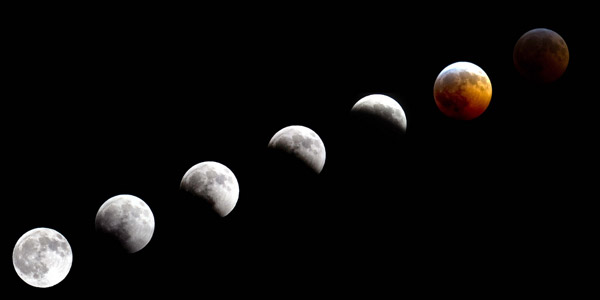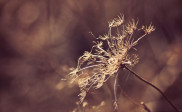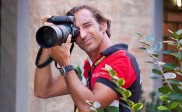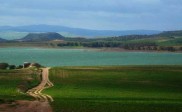Astrophotography: How to Photograph a Lunar Eclipse
A lunar eclipse takes place 2 or 3 times each year and only during a full moon. This phenomenon occurs when the moon passes through the earth’s dark shadow causing it to go dim. The moon’s orbit is tipped 5 degrees to the earth causing the moon to miss the Earth’s shadow during most full moons, but during an eclipse the earth blocks the sunlight from falling on the moon.
Capturing a lunar eclipse through photography can be challenging and quality photographs can only be captured if the right equipment is used. Here are some key tips to consider when photographing a lunar eclipse using camera equipment.
Use the right equipment
It is best to use a tripod as the exposure will be longer than it would be during the day.
Two important factors to consider when taking pictures of a lunar eclipse are size and exposure. The best lunar pictures are captured when longer focal length lens are used. That said, very nice lunar eclipse pictures can be captured, using a basic telescope equipped with a special camera adapter. This is especially so during the partial phases. To capture even better pictures of the entire eclipse phase, use a telescope equipped with a special mount that guides the camera along the motion of the moon, compensating for the Earth’s rotation.
A camera with a manual setting will give you more flexibility to capture photos that are sharp and have better exposure.

Total lunar eclipse by U.S. Army Alaska
Use the right focal length
The longer the length of the lens the better it is for capturing details of the moon as it races across the sky. This is because longer lens magnify the moon, allowing more details to become visible.
The disadvantage of a longer lens is that it may produce blurry images during the brighter phase of the lunar eclipse. To avoid this, use a fast shutter speed. If you use a telephoto lens be sure it has an image stabilizer as it makes the framing and focusing process easier. Use a focal length of 300mm or 400mm.
ISO speed during the lunar eclipse phase
The higher the ISO, the more sensitive the image sensor will be, but bear in mind that during a total eclipse, the moon will be a lot dimmer than it is during a normal full moon. To accommodate this decrease in lighting you will have to increase the ISO and decrease the speed of your shutter.
Selecting the best ISO may differ for each photographer based on geographic location and lens used. It is best to work with a general range based on trial and error. Consider using an ISO 400 setting and check for exposure time. Remember that long exposures over four minutes in length can result in blurry images as the moon moves across the sky.
Pay attention to your aperture setting.
The best setting for your aperture during a lunar eclipse is f/11 as it will allow you to capture all the details on the moon’s surface. For those shooting with an APS-C sensor and a different resolution, it is best you exceed f/18 to gain maximum sharpens and use spot metering, center-weighted if your camera does not have that first setting.



